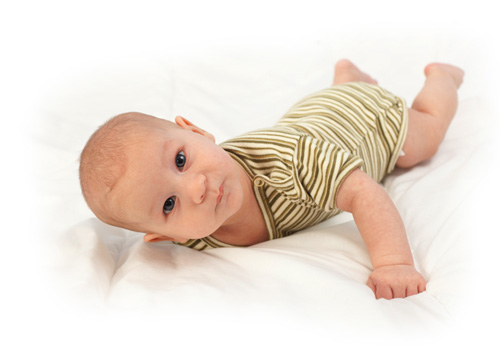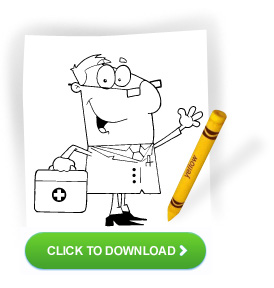What to Expect as Your Child Grows:
Well Child Care at 12 Months
Nutrition
- When your child is one year old, you can start using whole milk. If you are ready to wean your child from breast-feeding, wean him onto whole milk. Toddlers need the calories of whole milk (not low-fat or skim) until they are two years old. Some children have harder bowel movements at first with whole milk. Limit whole milk to about 16 ounces per day.
- This is also a time to wean completely off the bottle and switch to the cup.
- Table foods that are cut up into very small pieces are best now. Baby food is usually not needed at this age. It is important for your toddler to eat foods from many food groups (fruits, vegetables, grains, and dairy products).
- Most one-year-olds have one or two snacks each day. Cheese, fruit, and vegetables are all good snacks.
- Your child will not grow as fast during the second year of life and may eat less. Trust his appetite.
Development
- Every child is different.
- Some have learned to walk before their first birthday. As children learn to walk, they will want to explore new places. Watch your child closely.
- Other children are still scooting or crawling. Do not worry if he is not walking yet.
- Smile and praise your child when he learns new things. Allow your child to touch things while you name them.
- Children enjoy knowing that you are pleased that they are learning.
Shoes
- Shoes protect your child’s feet, but are not necessary when you child is learning to walk inside.
- When wearing shoes, soft-soled, moccasin style shoes are better than firm soles.
Reading and Electronic Media
Read to your child everyday. Children who have books read to them learn at an increased rate. Choose books with interesting pictures and colors.
Dental Care
- After meals and before bedtime, brush your child’s teeth with a soft toothbrush. Use a small smear of fluoride toothpaste (no larger than a grain of rice).
- You may want to make an appointment for your child to see the dentist for the first time.
Safety Tips
- Choking and Suffocation
- Avoid foods on which a child might choke easily (candy, hot dogs, popcorn, peanuts).
- Cut food into small pieces, about half the width of a pencil.
- Store toys in a chest without a dropping lid. - Fires and Burns
- Place plastic covers over unused electrical outlets.
- Check smoke detectors and replace the batteries as needed.
- Keep a fire extinguisher in or near the kitchen.
- Teach your child never to play with matches or lighters.
- Use the back burners on the stove with the pan handles out of reach.
- Turn your water heater down to 120° Fahrenheit.
- Do not cook with your baby at your feet. - Falls
- Never allow your child to climb on chairs, ladders, or cabinets.
- Do not allow your child to play on stairways.
- Make sure windows are closed or have screens that cannot be pushed out.
- Do not underestimate your child’s ability to climb. - Car Safety
- Everyone in a car should always wear seat belts or be in an appropriate booster seat or car seat.
- Don’t buy motorized vehicles for your child.
- Never leave your child alone in the car. - Water Safety
- Never leave an infant or toddler in a bathtub alone—NEVER.
- Continuously watch your child around any water, including toilets and buckets. Keep lids down, never leave water in an unattended bucket, and store buckets upside-down.
- If you own a swimming pool, you should install a pool-fence around it. You should also consider taking a CPR class. - Poisoning
- Keep all medicines, vitamins, cleaning fluids, and other chemicals locked away. Dispose of them safely.
- Put the poison center number on all phones, 1-800-222-1222.
- Install safety latches on cabinets.
Smoking
- Children who live in a house where someone smokes have more respiratory infections. Their symptoms are also more severe and last longer than those of children who live in a smoke-free home.
- If you smoke, set a quit date and stop. Set a good example for your child.
Immunizations
- At the twelve-month visit, your child will receive the Hepatitis A vaccine, Prevnar-13 vaccine, and Proquad (MMR and Varivax) vaccine.
- Children over six months of age should receive and annual flu shot.
- You may give your child acetaminophen drops in the appropriate dose to help to control fever and irritability. For swelling or soreness, put a wet, warm washcloth on the area of the shots as often and as long as needed for comfort.
- Call your child's healthcare provider if your child has any reaction that concerns you.
- A small number of children get a rash and fever seven to fourteen days after the measles-mumps-rubella (MMR) or the varicella vaccines. The rash is usually on the main body area and lasts two to three days. Call your healthcare provider if the rash lasts more than three days or gets itchy. Call your child’s provider immediately if the rash changes to purple spots.
What to Expect at This Visit
- At the twelve-month visit, your child will receive the Hepatitis A vaccine, Prevnar-13 vaccine, and Proquad (MMR and Varivax) vaccine.
- Children over six months of age should receive and annual flu shot.
- You may give your child acetaminophen drops in the appropriate dose to help to control fever and irritability. For swelling or soreness, put a wet, warm washcloth on the area of the shots as often and as long as needed for comfort.
- Call your child’s healthcare provider if your child has any reaction that concerns you. A small number of children get a rash and fever seven to fourteen days after the measles-mumps-rubella (MMR) or the varicella vaccines. The rash is usually on the main body area and lasts two to three days. Call your healthcare provider if the rash lasts more than three days or gets itchy. Call your child’s provider immediately if the rash changes to purple spots.
- We will test your child’s hemoglobin level for anemia. Most children are eating more solid foods and drinking less breast milk or formula at this age. Also, infants grow so fast that their bodies may have a hard time keeping up with the amount of iron they need.
- We will also test your child’s lead level. This is done by either a finger or toe stick.
Next Visit
Your child’s next visit should be at the age of fifteen months.

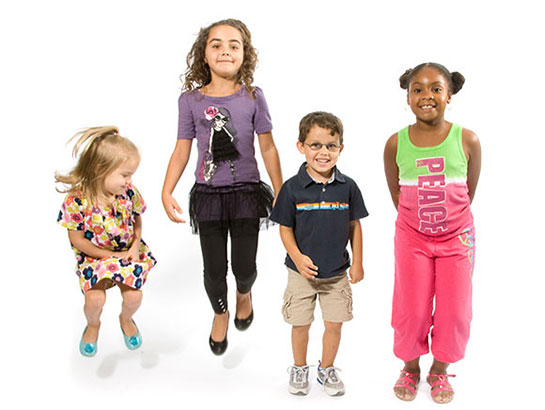

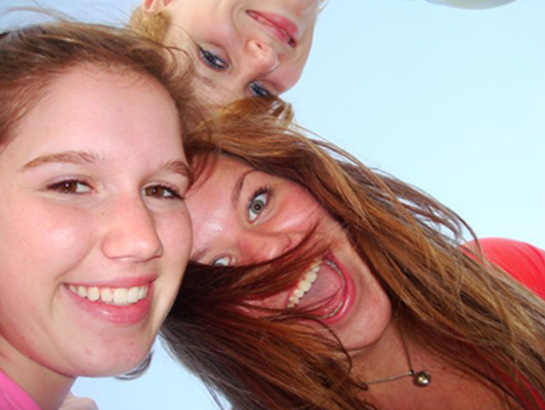
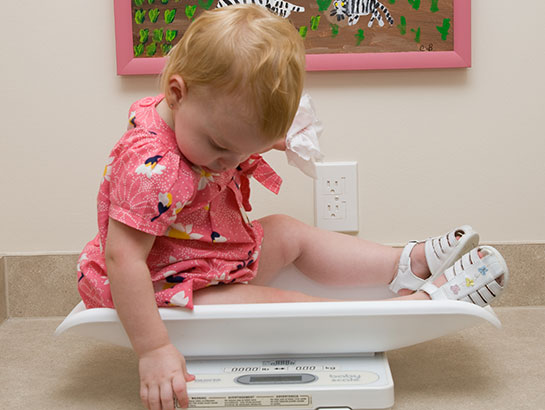




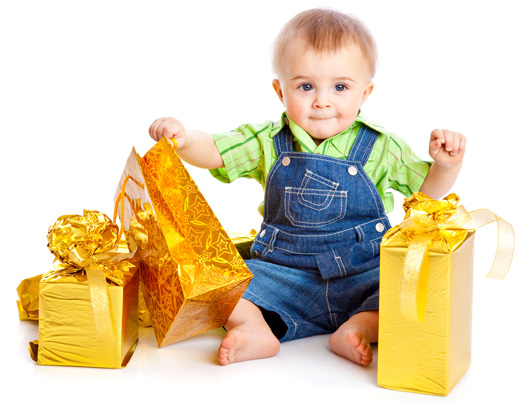

 At 6 months most babies are ready to start solid foods and will be pleased and cooperative with spoon feeding. You can try puréed foods that you prepare yourself or use any of the commercially prepared foods intended for infants. Most people first try cereal and vegetables, both yellow and green, before advancing to fruits and later meats and fish.
At 6 months most babies are ready to start solid foods and will be pleased and cooperative with spoon feeding. You can try puréed foods that you prepare yourself or use any of the commercially prepared foods intended for infants. Most people first try cereal and vegetables, both yellow and green, before advancing to fruits and later meats and fish.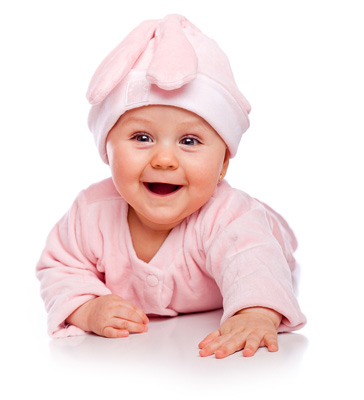 Your baby should still be taking breast milk or infant formula.
Your baby should still be taking breast milk or infant formula.